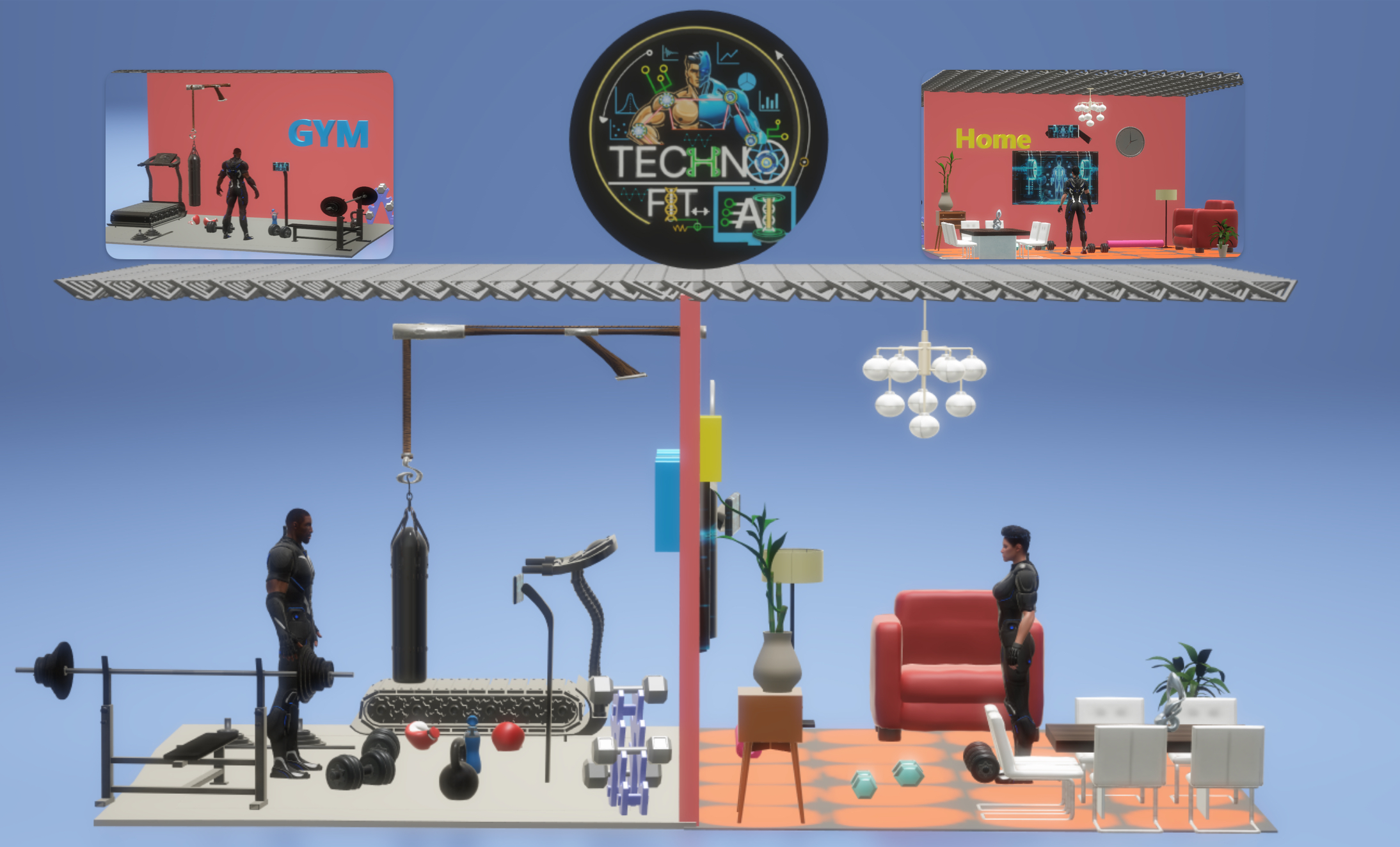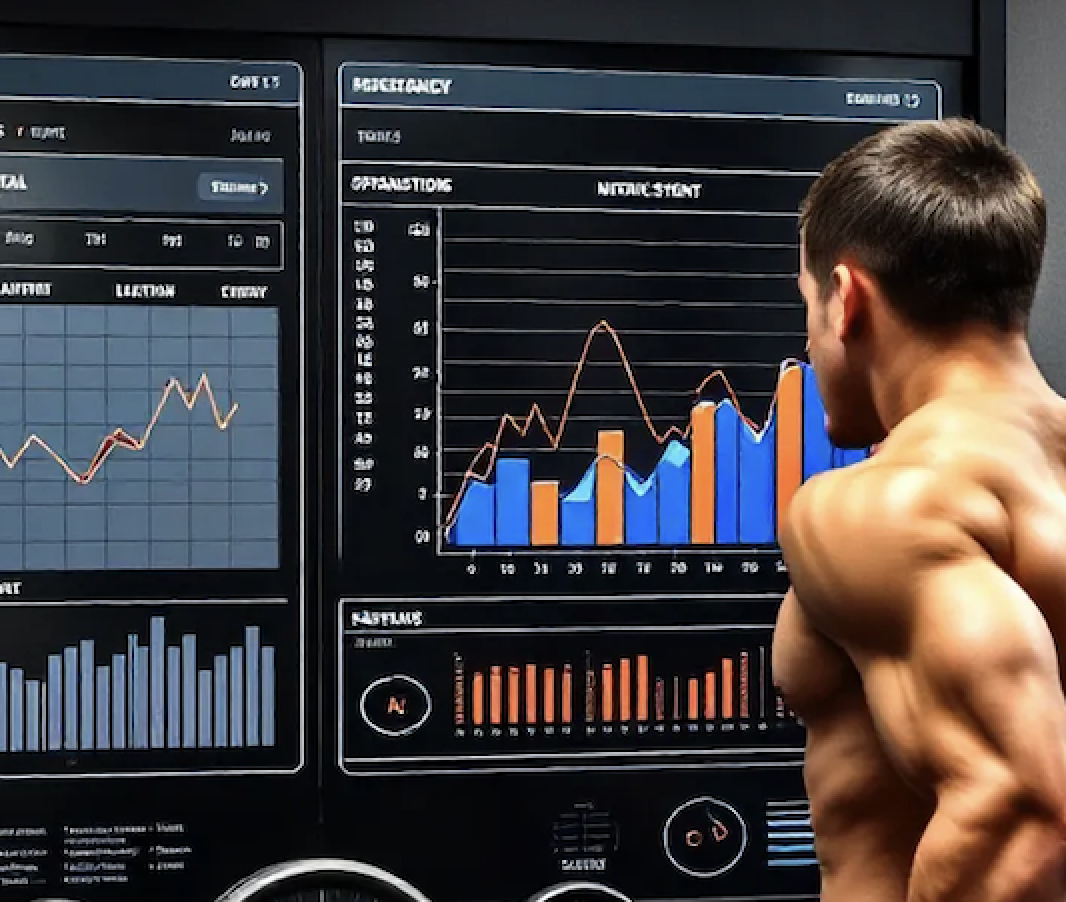Al-powered smart mirrors are undoubtedly an exciting technological advancement, but their high costs, maintenance requirements, and environmental impact make them a nonviable long-term solution for the broader population. However, with the rapid evolution of cloud-based fitness technologies, the future is bright.
In a world that's increasingly moving toward sustainable, flexible, and affordable tech solutions, cloud-driven fitness platforms are poised to dominate the industry. They offer a sustainable and scalable alternative that could bring personalized fitness to the masses-without breaking the bank or harming the planet.
As the world continues to embrace digital solutions, the key to success in the fitness industry will be finding ways to leverage existing technology, reduce costs, and enhance accessibility. The rise of cloud-based fitness is not just a trend-it's the future of home workouts.
While smart gym mirrors and traditional fitness equipment have certainly revolutionized home workouts, they still fall short in terms of flexibility, cost-effectiveness, and long-term viability. In contrast, Al cloud-based fitness solutions stand out by offering a range of unique advantages that make them not only more accessible but also better suited for the rapidly evolving landscape of fitness technology.
Flexibility and Accessibility

One of the key differences between cloud-based fitness solutions and traditional smart mirrors or equipment is the sheer flexibility they offer. Smart mirrors, by design, are static and occupy a fixed space in your home. Their large screens require dedicated areas in a room, and their inability to move means users are often constrained to a single environment for their workouts.
On the other hand, cloud-based fitness leverages existing devices such as smartphones, tablets, smart TVs, and even wearables. These solutions allow you to seamlessly access personalized fitness plans and training sessions anytime, anywhere-whether you're at home, traveling, or working from the office. No bulky hardware is required, and your fitness ecosystem can move with you, adapting to your needs and environment. This level of flexibility not only makes the experience more convenient but also more user-friendly, empowering people to fit fitness into their lifestyle rather than having to rearrange their life for fitness.
Cost-Effectiveness: The Democratization of Fitness
When comparing Al cloud-based fitness to traditional smart screens, the cost difference is striking. High-end smart mirrors can set users back $1,000 or more, plus the monthly subscription fees, which often exceed $30 to $50. For many, this price tag makes such solutions an elite luxury, far beyond what is accessible to the average consumer.
Al cloud-based fitness, however, eliminates the need for expensive hardware. Rather than requiring the purchase of a bulky device, users can simply leverage the devices they already own— smartphones, TVs, or tablets. The cost of subscription-based models is typically much lower, and many cloud-based platforms offer flexible pricing, from pay-per-class options to affordable monthly memberships. This makes high-quality, personalized fitness accessible to a much larger demographic, ensuring that anyone, regardless of their income level, can take advantage of the benefits of Al-driven workouts.
Scalability and Personalization
Unlike traditional fitness equipment or static smart mirrors, cloud-based solutions can offer a highly personalized experience that evolves over time. As users continue to engage with the platform, Al algorithms learn from their progress, preferences, and feedback, delivering tailored workouts that align with specific fitness goals. This level of personalization is not just a gimmick-it's a data-driven approach that ensures every workout maximizes results and adapts to individual
progress.
Traditional solutions, like smart mirrors, often offer a one-size-fits-all model. While some allow for customization of routines, they can't truly adapt to each user's needs in real time. In contrast, cloud-based Al platforms continuously analyze user data, adjusting workout plans and giving real-time feedback based on performance, fatigue levels, and other indicators. This makes cloud-based fitness a far more intelligent and dynamic solution.
Sustainability: The Eco-Friendly Future
In a world increasingly concerned about sustainability, traditional smart mirrors and fitness equipment pose environmental challenges. These large, often bulky devices are energy-intensive to produce and difficult to recycle once they become outdated. Furthermore, their shorter lifecycles (due to rapid technological advancements) contribute to growing e-waste.
Al cloud-based fitness platforms, on the other hand, are inherently more sustainable. Because they rely on existing devices, there's no need for the constant production of new hardware, reducing the carbon footprint associated with manufacturing. Moreover, cloud solutions evolve with software updates, meaning users can access the latest features and improvements without having to purchase new devices. This approach encourages long-term sustainability by minimizing electronic waste and ensuring the continued usability of existing technology.
Future-Proofing and Integration with Emerging Technologies
As we look toward the future, Al cloud-based fitness solutions are uniquely positioned to adapt to new technologies, trends, and health insights. For example, future advancements in virtual reality (VR), augmented reality (AR), and wearables can seamlessly integrate with cloud platforms, offering users a truly immersive, interactive fitness experience. As the internet of things (loT) and biometric technology continue to grow, cloud-based solutions can take advantage of realtime health data to enhance workouts and track health metrics.
In contrast, traditional smart mirrors are limited by their hardware constraints. As technology advances, smart mirrors might quickly become obsolete, requiring users to upgrade their devices frequently to stay current. The cloud-based model, however, allows for continuous evolution without the need for expensive hardware upgrades, making it a more future-proof solution.






